Cloud security is a crucial part of modern IT infrastructure. It enables organizations to protect sensitive data, maintain regulatory compliance, and defend against increasingly sophisticated cyber threats.
As more workloads move to the cloud, businesses must adopt strong security measures to safeguard applications, platforms, and data from breaches, misconfigurations, and ransomware attacks.
Cloud security statistics reveal adoption trends, investment patterns, and operational challenges across industries. These insights help organizations benchmark their defenses, identify gaps, and make informed decisions on cloud security strategies. Understanding the latest data ensures enterprises can strengthen security, reduce risk, and stay compliant in 2025.
Key statistics at a glance:
- 54% of cloud-stored data is sensitive in 2025, up from 47% last year, highlighting growing data protection needs.
- 78% of organizations use multiple cloud providers; 54% adopt hybrid cloud setups for better security and flexibility.
- 61% of companies cite security and compliance as the biggest barriers to cloud adoption.
- 64% lack confidence in detecting threats in real time; 52% prioritize AI-driven security tools.
- 54% report direct cloud attacks, 68% impacted by credential theft, while 97% prefer unified dashboards for consistent monitoring and response.
Global cloud security market overview
Let’s first start with the global cloud security market to understand its growth, regional trends, and enterprise investments.
- Cloud computing market
The cloud computing market is growing rapidly as organizations shift more operations and services online. It is estimated at $912.77 billion in 2025 and projected to reach $5,150.92 billion by 2034, growing at a CAGR of 21.2% (as per Precedence Research).
This growth reflects how businesses increasingly rely on cloud infrastructure for remote work, digital services, and large-scale data management. Organizations of all sizes are adopting cloud solutions to improve efficiency, scalability, and collaboration.
- Cloud security market
The cloud security market is also expanding steadily, valued at $36.08 billion in 2024 and expected to reach $121.04 billion by 2034, at a CAGR of 12.87% (as per Precedence Research).
This growth is driven by rising cyber threats targeting cloud systems, stricter data protection regulations, and the increasing use of hybrid and multi-cloud environments. Businesses are investing in security solutions to safeguard sensitive information, prevent breaches, and ensure compliance across cloud applications and platforms.
- Regional insights
North America leads the cloud security market, accounting for 35% of revenue in 2024 (according to Precedence Research). The region’s strong growth is supported by strict cybersecurity regulations, mature technology adoption, and high enterprise investment in cloud security solutions.
Asia-Pacific is the fastest-growing region, with a CAGR of 14.82%, driven by expanding digital services, fintech growth, and government-led cloud initiatives across emerging economies.
- Enterprise spend
Enterprises are increasing spending on cloud security to protect data and systems. The average spend per employee on cloud security is expected to reach $0.72 in 2025 (as per Statista).
This investment shows that companies recognize the importance of securing cloud environments against breaches, misconfigurations, and other cyber risks.
Deployment and strategy trends for cloud security
Now, let’s move to the deployment and strategy trends in cloud security, since it is an important part of how organizations protect data, manage workloads, and ensure operational efficiency.
- Hybrid and multi-cloud adoption
Many organizations are moving away from single-cloud models. In 2025, 78% of companies use two or more cloud providers, and 54% adopt hybrid cloud setups that combine on-premises and public cloud resources (as per 2025 Cloud Security Report, Fortinet).
This approach allows organizations to balance performance, cost, and security while avoiding vendor lock-in. Businesses also use hybrid and multi-cloud strategies to ensure continuity, flexibility, and efficient management of sensitive workloads across different platforms.
- Deployment models
Private cloud remains a significant part of the market, contributing 48% of revenue in 2024 (as per Precedence Research). However, hybrid cloud adoption is growing steadily, with an expected CAGR of 13.51%.
Organizations favor hybrid models because they allow critical applications to remain on secure private infrastructure while leveraging public cloud scalability for less sensitive workloads. This combination ensures strong security, regulatory compliance, and operational efficiency.
- Enterprise size trends
Large enterprises dominate cloud security adoption, accounting for 76% of revenue (as per Precedence Research). Their scale, regulatory obligations, and complex IT environments drive extensive investment in cloud security.
SMEs are catching up, with adoption expected to grow at a 15.51% CAGR, as cloud security becomes more accessible through automated tools, managed services, and cost-efficient solutions.
Security priorities and concerns for cloud security
Security priorities and concerns are critical in shaping cloud adoption strategies. Organizations face multiple challenges that influence how they implement cloud security. Here are the key statistics from 2025 Cloud Security Report, Fortinet highlighting these issues and priorities:
- Primary barriers
Security and compliance remain the biggest barriers for organizations moving to the cloud. About 61% of companies report that concerns over protecting sensitive information and meeting regulatory requirements slow down adoption.
These barriers push organizations to invest in robust security controls, conduct thorough risk assessments, and ensure that cloud providers adhere to compliance standards before deployment.
- Sensitive data in cloud
The volume of sensitive data stored in cloud environments continues to grow. In 2025, 54% of cloud-stored data is considered sensitive, up from 47% last year.
This increase emphasizes the need for strong encryption, access controls, and monitoring practices. Organizations prioritize protecting customer information, intellectual property, and financial records to avoid breaches and reputational damage.
- Confidence gaps
Many organizations still doubt their ability to detect threats in real time. Approximately 64% of companies report lacking confidence in their cloud threat detection capabilities.
This drives investment in advanced security tools, real-time monitoring, and AI-driven detection systems to identify and respond to attacks more effectively.
- Unified platforms
Organizations increasingly prefer centralized cloud security solutions. Around 97% of companies favor unified dashboards that provide visibility, ensure consistent policy enforcement, and simplify management across multiple cloud environments.
Unified platforms reduce complexity, improve operational efficiency, and help security teams respond faster to evolving threats.
Cloud security tools and adoption trends
Cloud security tools are central to protecting enterprise data and applications. Organizations increasingly adopt modern solutions to manage risks, monitor environments, and enhance overall security posture. The following statistics from 2025 highlight current adoption trends:
- CSPM and CNAPP adoption
Cloud Security Posture Management (CSPM) and Cloud-Native Application Protection Platforms (CNAPP) are gaining strong traction. Around 67% of organizations have implemented CSPM to continuously monitor cloud configurations, detect misconfigurations, and ensure compliance (as per 2025 Cloud Security Report, Fortinet).
Similarly, 62% of companies use CNAPP to protect cloud-native applications, integrating vulnerability scanning, runtime protection, and policy enforcement into their DevSecOps workflows. These tools help organizations proactively identify and remediate potential risks before attackers can exploit them.
- AI Security integration
Artificial intelligence is reshaping cloud security investments. In 2025, 52% of organizations report that AI-driven security initiatives are taking priority over traditional security budgets (as per 2025 Thales Cloud Security Study).
AI tools enhance threat detection, automate incident response, and analyze vast volumes of cloud activity for suspicious patterns, helping security teams respond faster and reduce human error.
- Encryption practices
Despite increasing threats, encryption adoption remains limited. Only 8% of organizations encrypt 80% or more of their cloud data (as per 2025 Thales Cloud Security Study).
This gap exposes sensitive information to potential breaches, highlighting the urgent need for stronger encryption policies, key management practices, and data protection strategies to safeguard critical assets.
Threat landscape in the cloud
Let’s now look at the threat landscape in the cloud to understand how attackers target cloud resources and what organizations must prioritize for protection.
- Direct attacks
More than half of organizations (54%) reported a rise in attacks directly targeting cloud infrastructure in 2025 (as per 2025 Thales Cloud Security Study). These attacks exploit misconfigurations, unpatched systems, and exposed APIs, potentially disrupting operations, compromising sensitive data, or causing service downtime.
Organizations must implement continuous monitoring, automated alerts, and proactive vulnerability management to mitigate such risks.
- Credential theft
Stolen credentials and secrets are the fastest-growing attack vector, affecting 68% of organizations (as per 2025 Thales Cloud Security Study).
Attackers leverage phishing, brute-force, and leaked credentials to gain unauthorized access, emphasizing the need for strong authentication, privileged access management, and regular credential audits.
- Multi-cloud security challenges
Adopting multiple cloud providers introduces additional challenges. In 2025, organizations cited ensuring data protection (58%), maintaining visibility across environments (55%), and addressing skill shortages (53%) as major concerns (as per 2025 Cloud Security Report, Fortinet).
Effective governance, centralized monitoring, and staff training are critical to overcome these challenges and secure complex, distributed cloud infrastructures.
Operational challenges in cloud security
There are several operational challenges that cloud security teams face daily. Here are some key statistics and insights as per 2025 Cloud Security Report, Fortinet, highlighting where organizations struggle most.
- Configuration and misconfiguration management
Misconfigurations remain a critical risk, with 56% of organizations citing it as a major challenge. Incorrectly set permissions, open storage buckets, and unsecured APIs can expose sensitive data or create entry points for attackers.
Cloud security teams must adopt automated configuration checks, continuous monitoring, and remediation workflows to reduce human error and maintain secure environments.
- Access control and identity management
Managing access and identities is another significant concern, with 59% of organizations highlighting it as a key challenge.
Weak authentication, excessive privileges, and poor credential hygiene can lead to unauthorized access, insider threats, or credential theft. Implementing multi-factor authentication, role-based access control, and regular access audits are essential to secure cloud resources effectively.
- Policy and compliance management
Keeping policies aligned with regulatory and organizational requirements across complex cloud environments is difficult for 47% of organizations.
Teams must ensure consistent security policies, audit readiness, and compliance across multiple cloud providers and hybrid setups. Centralized policy management, automated compliance checks, and continuous monitoring help maintain governance and reduce operational risk.
Industry-wise cloud security statistics
Here are some industry-wise cloud security trends, as per Precedence Research, highlighting which sectors are leading adoption and the reasons behind their investments.
- IT and telecom
The IT and telecom sector holds the highest revenue share at 18% in 2024. Companies in this industry adopt cloud-first strategies to scale operations, deliver services efficiently, and support digital transformation initiatives.
With a strong focus on network reliability, data availability, and customer service continuity, these organizations prioritize cloud security to protect critical infrastructure, prevent service disruptions, and ensure compliance with industry standards.
- Healthcare
Healthcare is the fastest-growing sector in cloud security, expanding at a CAGR of 15.31%. Hospitals, telehealth platforms, and medical research institutions handle highly sensitive patient data, including electronic health records (EHRs).
The growth of telemedicine and IoT-enabled medical devices increases exposure to cyber threats, making cloud security essential for compliance with HIPAA, safeguarding patient information, and ensuring uninterrupted healthcare services.
- Other sectors
Finance, retail, government, and manufacturing are increasingly investing in cloud security to address regulatory obligations and evolving cyber risks.
Financial institutions focus on protecting transaction systems and customer data, retail businesses secure e-commerce platforms and payment gateways, government organizations safeguard citizen data and critical infrastructure, and manufacturing companies protect industrial control systems and supply chain operations.
Across these sectors, cloud security adoption helps mitigate breaches, maintain operational resilience, and support regulatory compliance.
How AppSecure secures your cloud
AppSecure knows that effective cloud security requires expertise, strategic planning, and continuous monitoring. Here is how we help organizations strengthen their cloud defenses and manage risks efficiently.
- Cloud security assessment
AppSecure evaluates hybrid and multi-cloud environments to identify vulnerabilities, misconfigurations, and potential attack vectors. By analyzing public, private, and hybrid deployments, we ensure that cloud infrastructures are secure, resilient, and compliant.
Our assessments prioritize critical assets, simulate real-world attack scenarios, and provide actionable recommendations for remediation, helping organizations reduce exposure to threats across all cloud platforms.
- Unified platform implementation
Managing multiple cloud environments can be complex and prone to gaps in visibility. AppSecure supports the implementation of centralized dashboards that unify monitoring, policy enforcement, and compliance management.
This unified approach simplifies operations, ensures consistent security practices, and enables teams to detect anomalies and enforce policies across all cloud resources efficiently.
- Incident response readiness
Preparedness is key to minimizing the impact of cloud incidents. AppSecure helps organizations develop and test incident response plans, ensuring teams can detect, respond, and recover swiftly from breaches or misconfigurations.
Regular simulations and readiness assessments improve response times, coordination, and overall operational resilience.
- CSPM and CNAPP guidance
AppSecure advises on adopting modern cloud security solutions like Cloud Security Posture Management (CSPM) and Cloud-Native Application Protection Platforms (CNAPP). We guide organizations in selecting, configuring, and integrating these tools to maintain continuous visibility, enforce security controls, and protect critical workloads.
- Training and upskilling
Addressing skills gaps is crucial for proactive cloud security. AppSecure provides tailored training and upskilling programs to equip IT and security teams with the knowledge to manage cloud risks effectively.
This empowers organizations to maintain robust security practices, respond to threats confidently, and continuously enhance their cloud security posture.
Use cloud security insights to boost your protection in 2025
Cloud security is more than a technical requirement, it is a strategic approach to protecting sensitive data, ensuring compliance, and managing risk in increasingly complex environments.
The 2025 statistics show growing adoption of hybrid and multi-cloud strategies, AI-driven security tools, and unified platforms, highlighting how organizations prioritize investments and where gaps remain.
By understanding these trends, businesses can benchmark their cloud security posture, optimize resources, and improve operational readiness. Insights from cloud security assessments help teams detect threats faster, enforce consistent policies, and adopt best practices across applications, infrastructure, and cloud services.
At AppSecure, we provide tailored cloud security assessments, unified platform guidance, incident response readiness, and training to help organizations act on these insights. Connect with us today to turn cloud security data into actionable strategies and strengthen defenses against emerging cyber risks.
FAQs
- What is the global cloud security market size in 2025?
The global cloud security market is valued at $36.08 billion in 2024 and continues to grow rapidly as organizations adopt hybrid and multi-cloud strategies.
- Which industries lead cloud security adoption?
The IT & telecom sector leads in revenue share, while healthcare is the fastest-growing industry due to sensitive data and regulatory requirements.
- How can SMEs implement effective cloud security on a budget?
SMEs can use automated tools, managed security services, and hybrid cloud setups to secure data cost-effectively without heavy infrastructure investment.
- What are the biggest operational challenges in cloud security?
Key challenges include misconfigurations (56%), access and identity management (59%), and policy and compliance alignment (47%) across multiple cloud environments.

Ankit Pahuja is a B2B SaaS marketing expert with deep specialization in cybersecurity. He makes complex topics like EDR, XDR, MDR, and Cloud Security accessible and discoverable through strategic content and smart distribution. A frequent contributor to industry blogs and panels, Ankit is known for turning technical depth into clear, actionable insights. Outside of work, he explores emerging security trends and mentors aspiring marketers in the cybersecurity space.


.png)










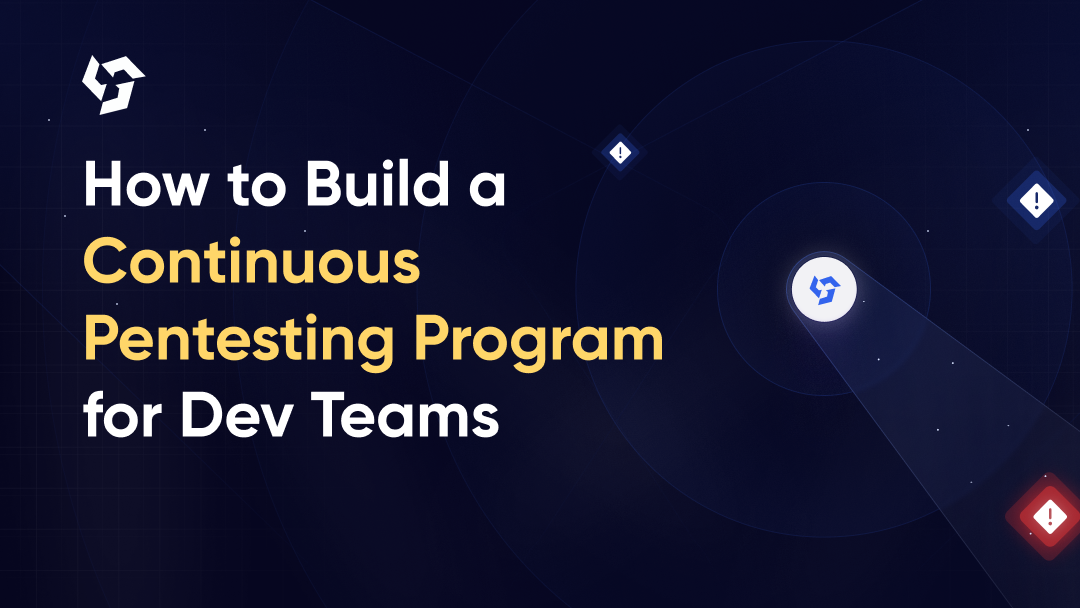




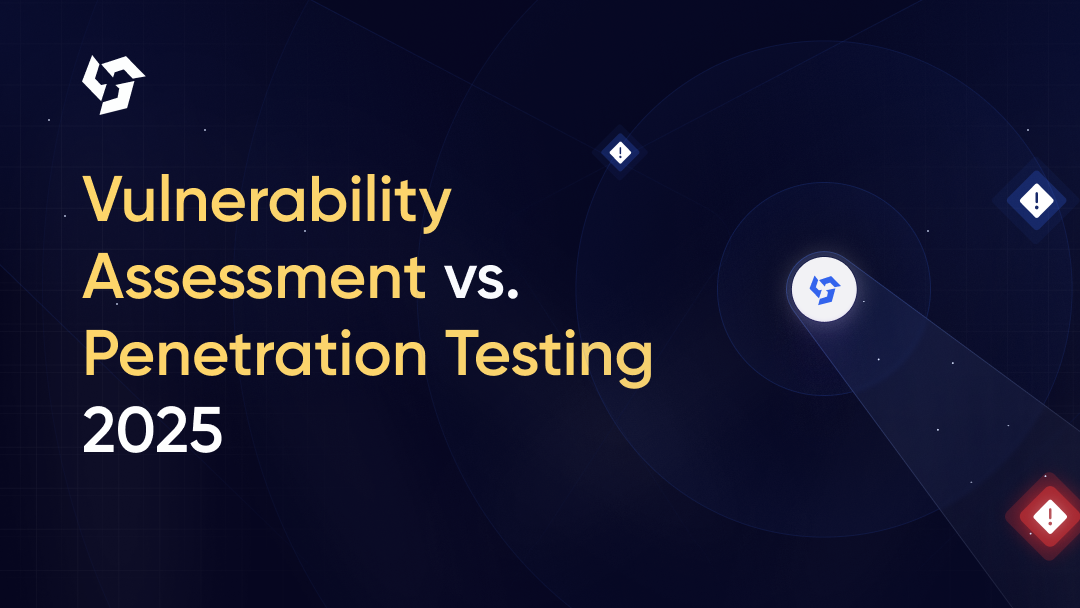

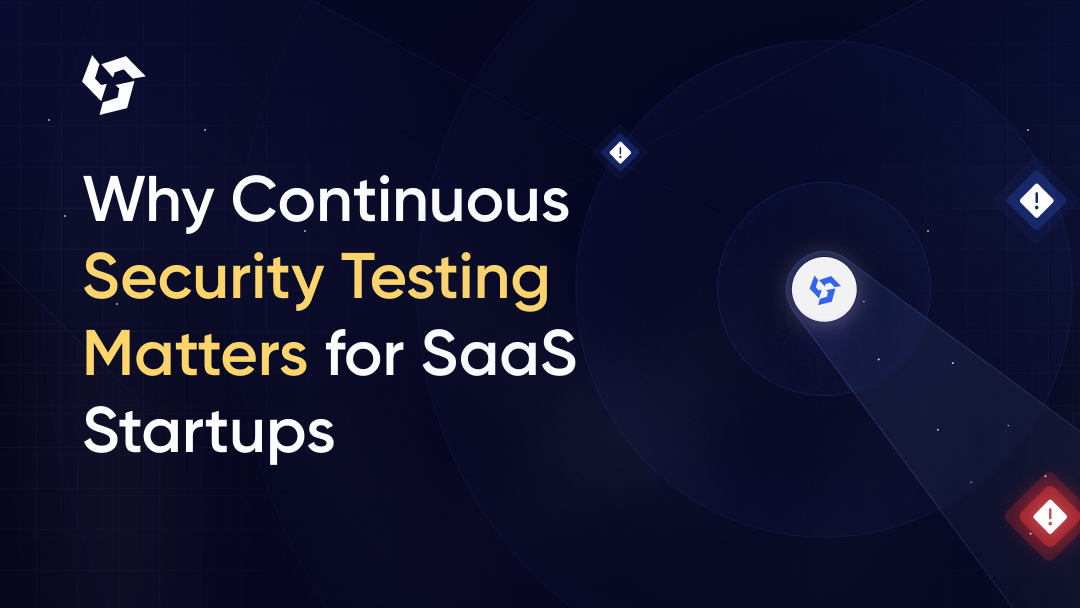
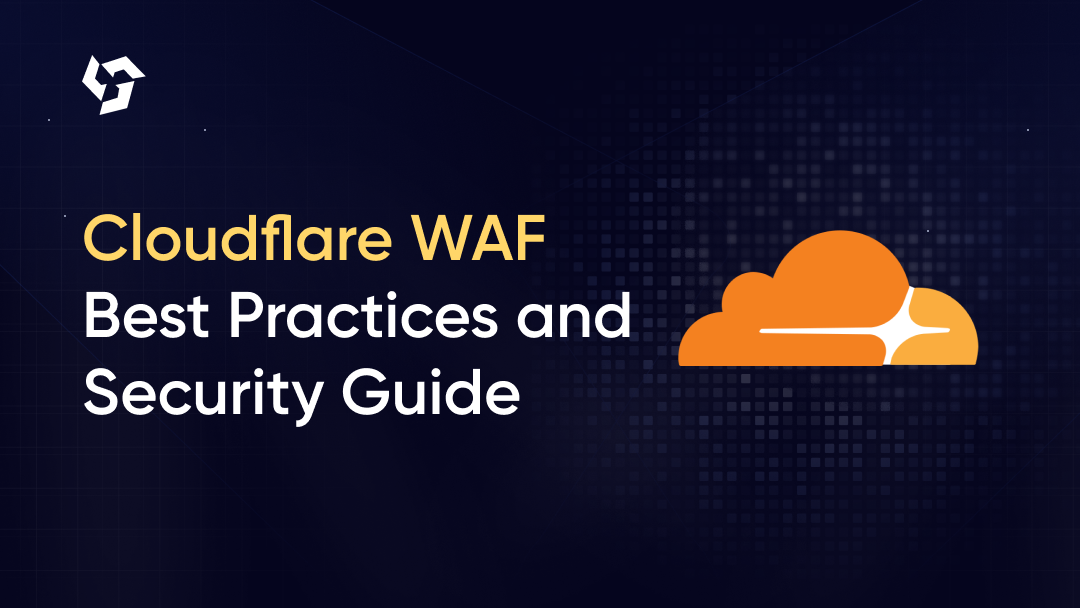


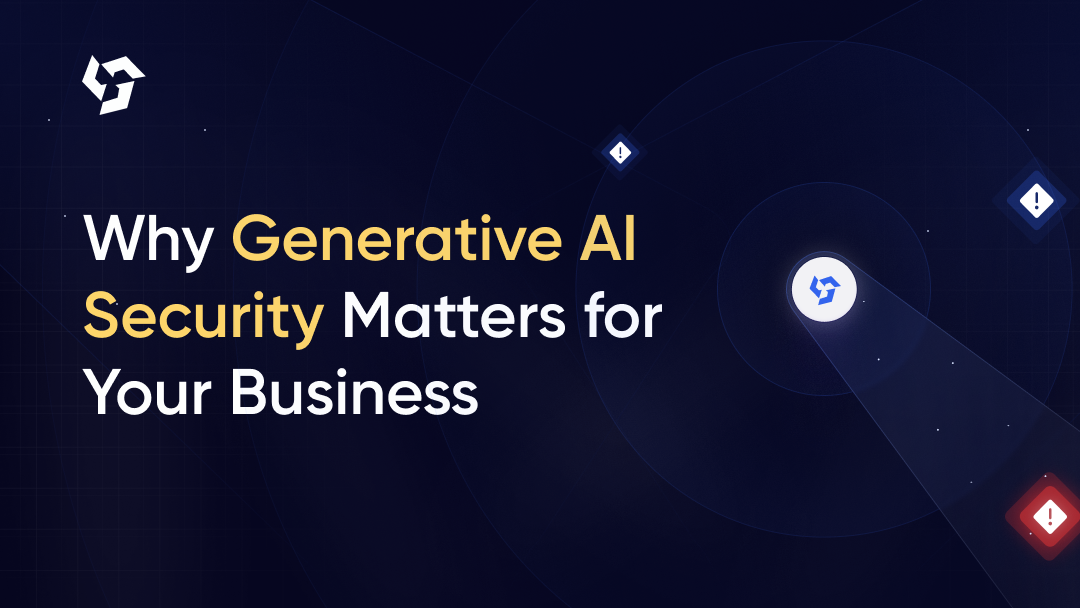

.png)

.png)
.png)
.png)
.png)
.png)
.png)
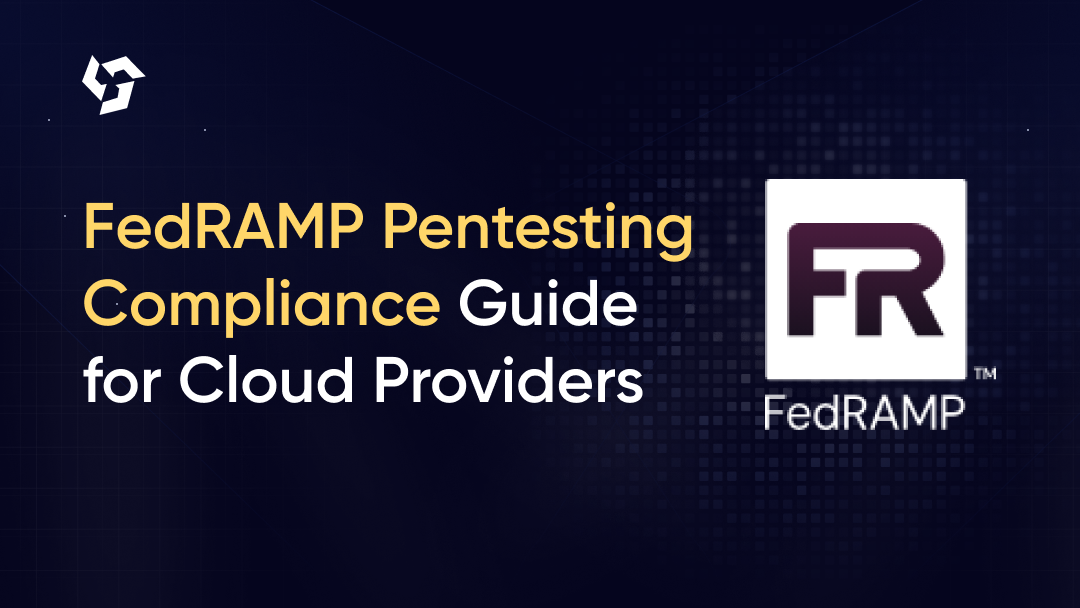
.png)
.png)
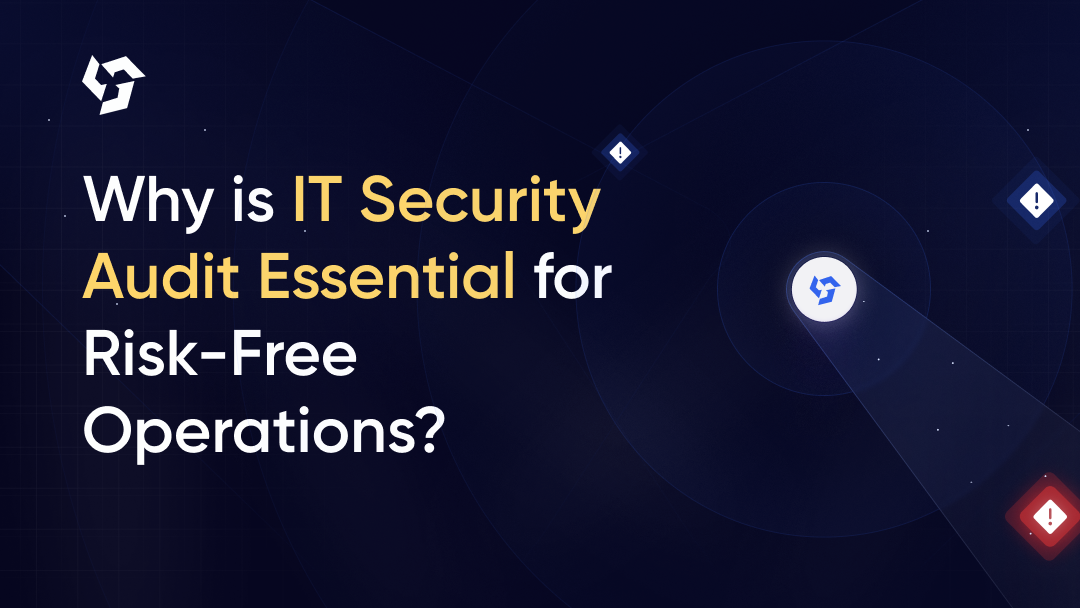


.png)


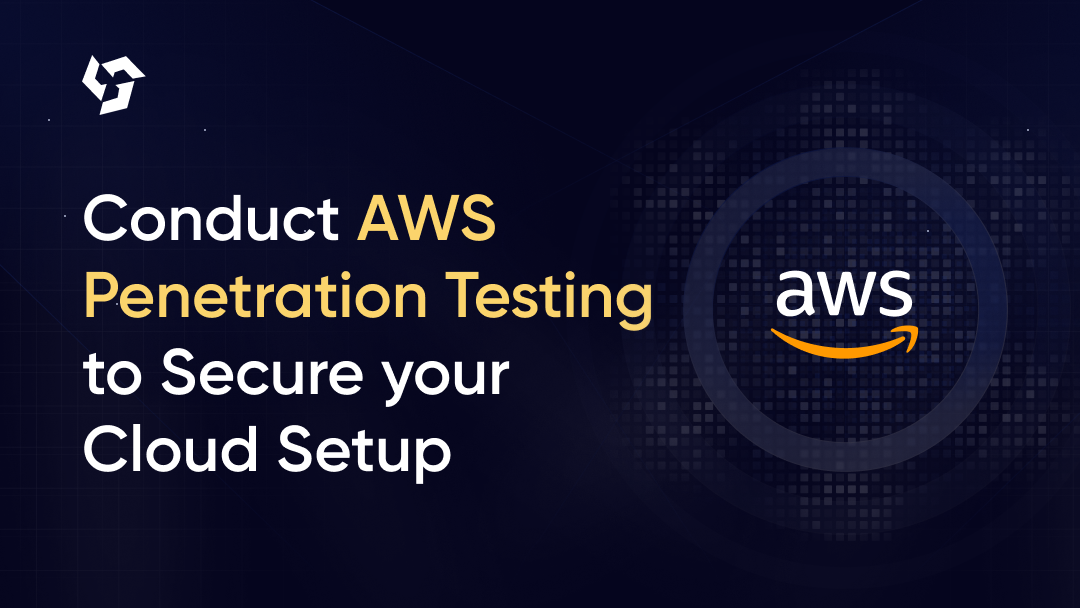

.png)
.png)
.png)
.png)

.png)
.png)
.png)

.png)
.png)
.png)
.png)
.png)

.png)









.webp)





.webp)


.webp)

.webp)



.webp)
.webp)
.webp)
.webp)













.webp)
